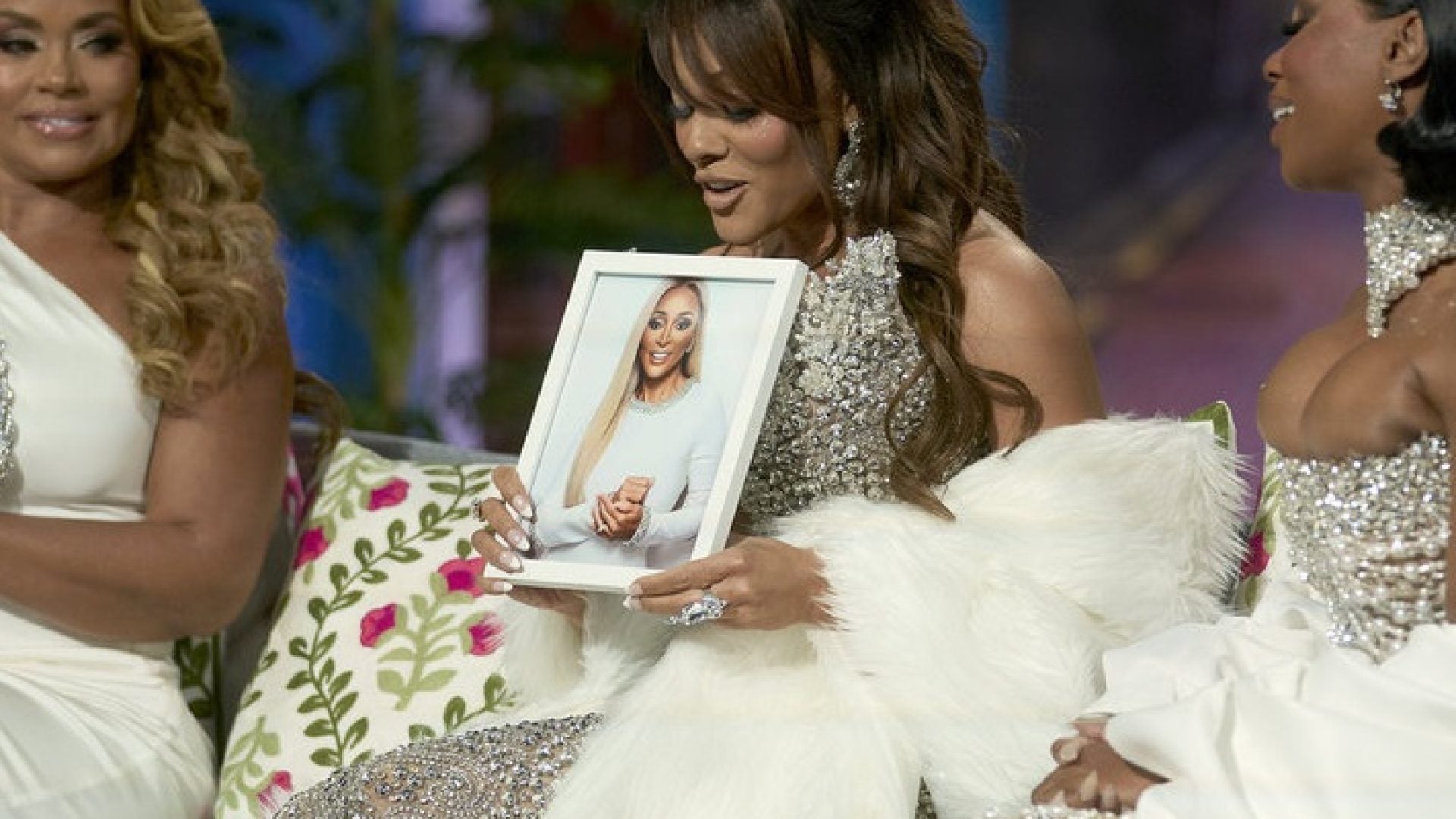
As Told To Blake Newby:
My family moved around quite a bit. I was born in Miami, but literally three weeks later we went right back to the Dominican Republic. When I was 3, we relocated to Washington Heights in New York City, and all my formative years were spent there. Then, when I was in high school, my mom wanted more stability and for us to have more opportunities—so we moved again, back to Miami.
Throughout those years, everything we were conditioned to think of as beautiful, and the qualities we were taught would make us more successful, were Eurocentric. I was maybe 9 or 10 when I first got my hair relaxed. It was a rite of passage. Everyone was like, “Oh, look at you!” However, whenever I went back to wearing it natural, then it was, “Hmm, you didn’t brush your hair today?” I knew it wasn’t coming from a place of malice and that they just wanted me to be what they thought was presentable. But it was so contradictory, because none of us looked like that naturally. Why am I taking half of my Saturday in the salon straightening my hair, when I could just work with what’s growing out of my head?
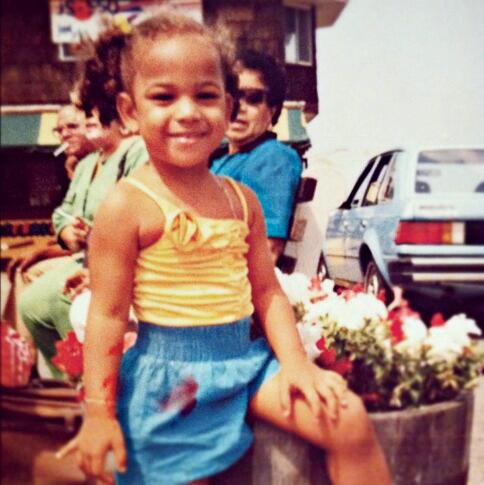
Then there was the anti-Blackness within the Latino community. I was frequently told, “Don’t stay out in the sun too long”—so it was always this tug and pull, over what I inherently felt just didn’t make sense and what my family was teaching me. I was very much struggling with an identity crisis, up until my 30s. I was still trying to fit into this box of what society, and even my own culture, insisted was beautiful.
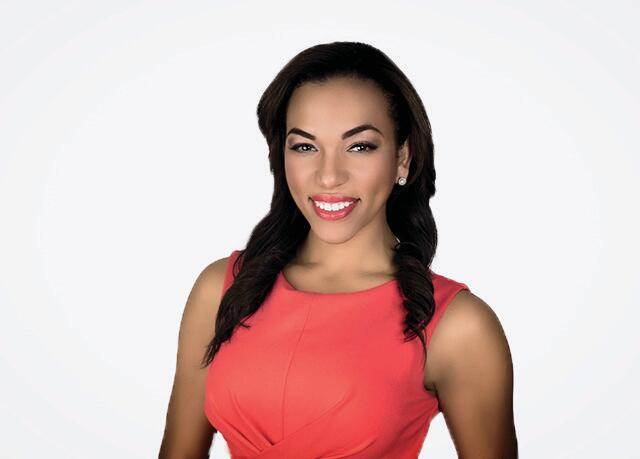
I never actually wanted to be of a lighter complexion—but it was definitely made clear to me that because I was on the darker end of the color spectrum, comparatively speaking, there would be fewer opportunities for me. It was like “Yeah, you’re cute, but look at you.” All the actresses we saw on television, specifically on Spanish–language shows, were very, very light-skinned, with light eyes and straight hair. I would watch the screen thinking, We speak the same language. The culture and the upbringing is clearly the same. But none of these people look like me. It was really confusing and upsetting. Outside of the great Celia Cruz—who was boisterous, beautiful and confident, and commanded attention—the Afro-Latinas I looked up to were my family members. My aunts and cousins, who had beautiful, deep, silky skin, were goddesses in my eyes. And yet I often wondered, Well, am I ever going to have big opportunities? Even as an adult dating people from the Latino community, their families would often be racist toward me—making comments alluding to the fact that our kids would be too dark or their hair would be too kinky.
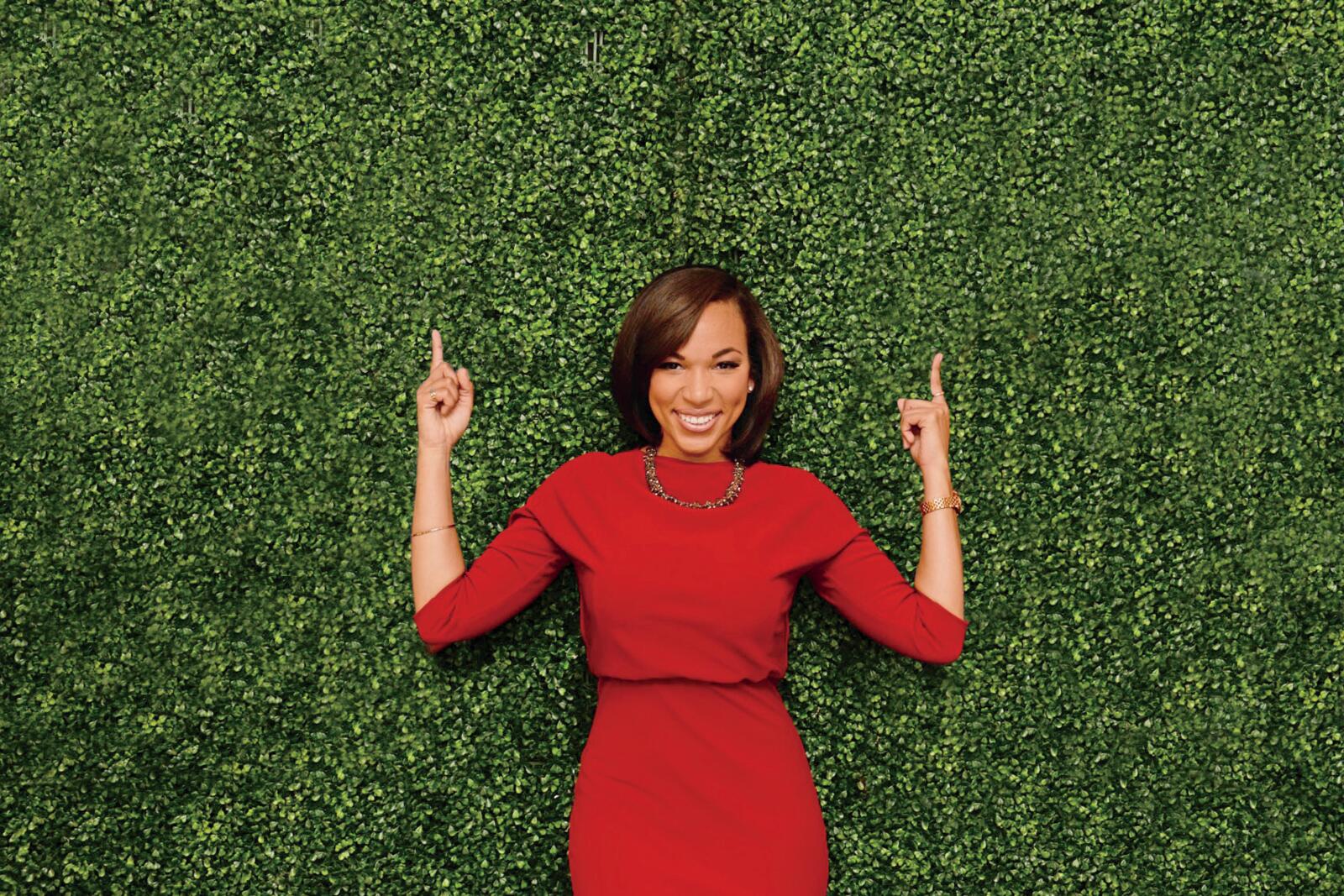


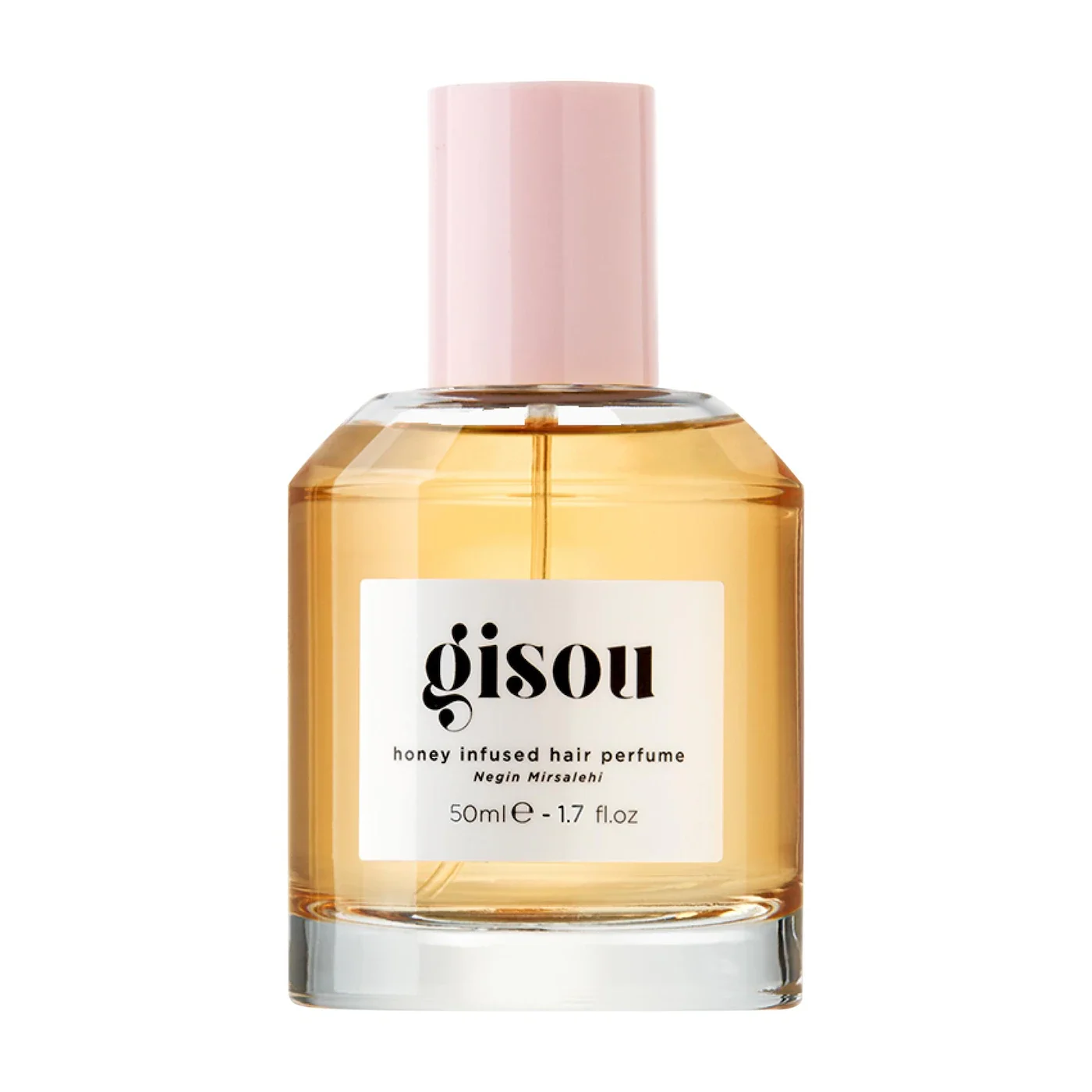
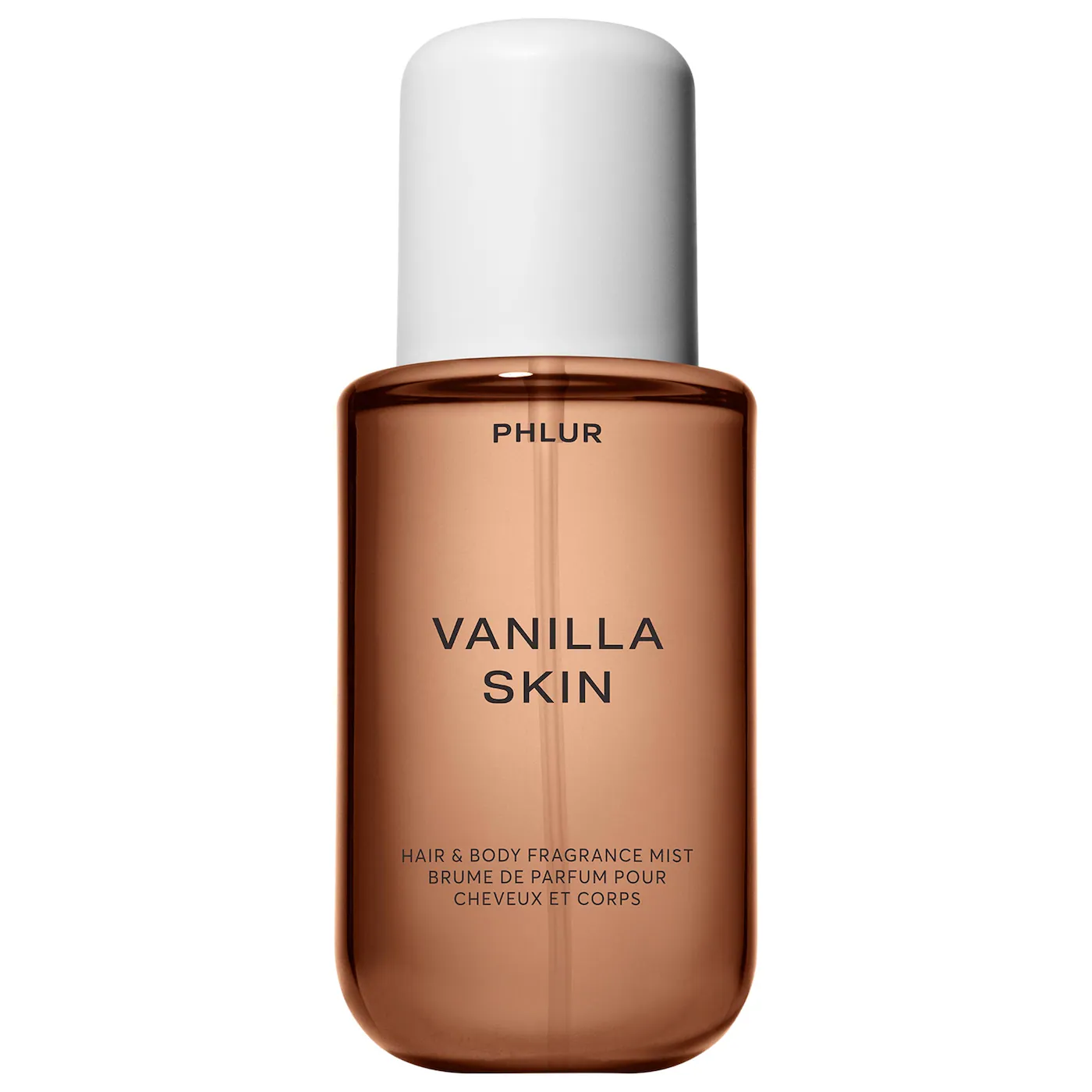



It really wasn’t until I got older, and figured out that I wanted a career in media, that I became more aware of my identity. I’d watch Sage Steele, Lisa Salters and other Black women in broadcast journalism, and they really inspired me to push toward my dreams. I wondered why I was connecting with them so deeply, and then I realized it was because my own culture had erased our Black roots. I finally understood that I’m a Black woman—and it’s such a crazy thing to say, right? Looking at me, you’d think that it was easy to claim that. But culturally, there’s been so much deprogramming I’ve had to go through, to erase generational trauma around being Black. It took a long time for me to identify as such. Yes, I am a Black woman, I am a Latino woman, and the two are not mutually exclusive. It’s been so empowering and so freeing to fully embrace that.
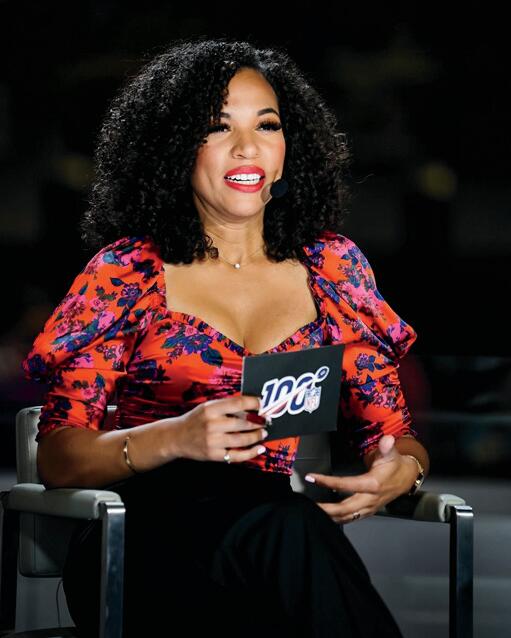
My view of what was and is beautiful has not changed, but my comfort with presenting that to the world has changed entirely. I have taken on a more unapologetic tone—because why should we apologize for what we look like and who we are? I also know how important it is to be a positive role model for the next generation. I have a niece with beautiful brown skin and curly hair, and I don’t want her for one second to ever feel as if she’s “less than.” I will fight tooth and nail to make sure that her environment is encouraging and supportive, and to make sure she knows that every coil and every little inch of that melanin deserves loving attention and applause.
This story is seen in our September/October print issue, on stands now.





